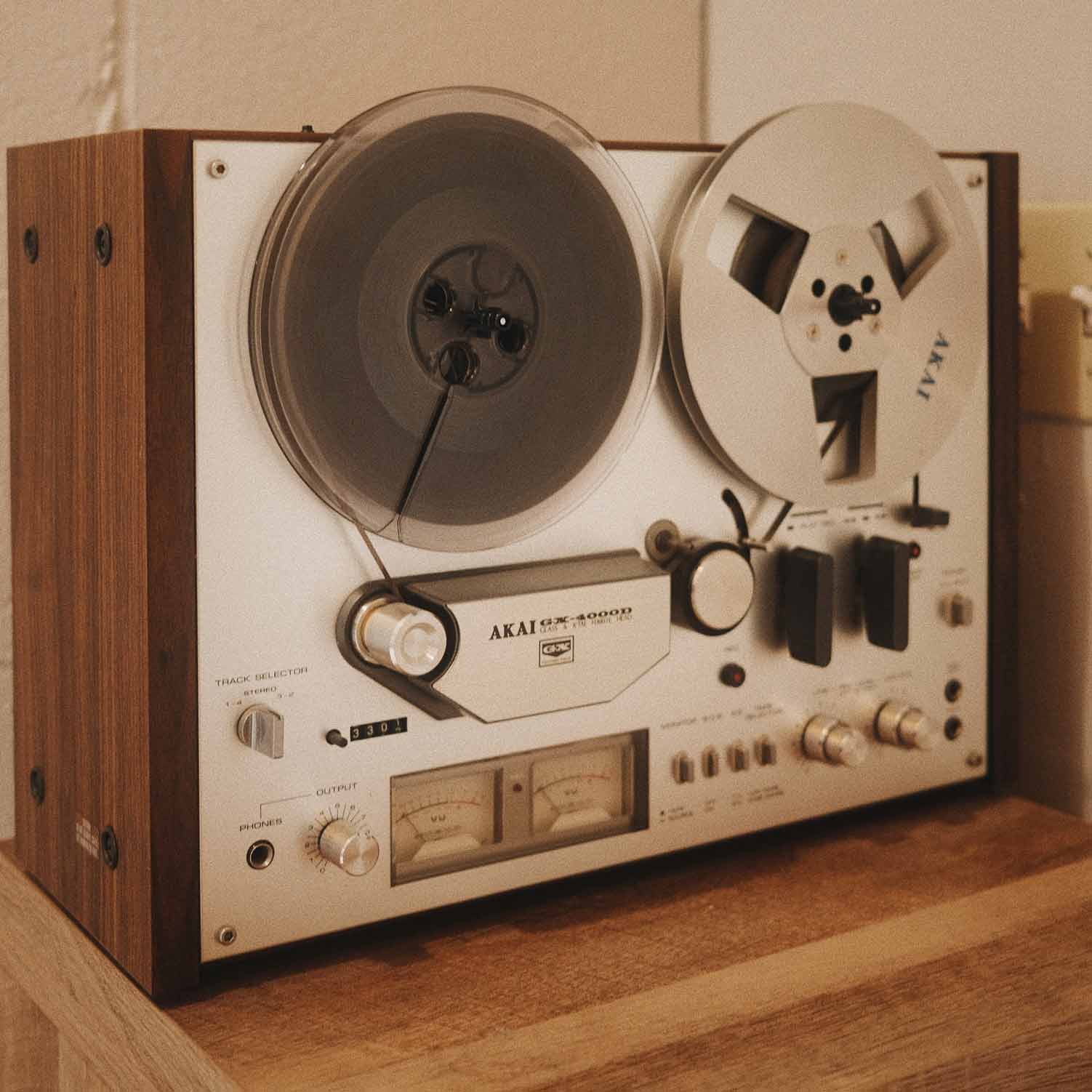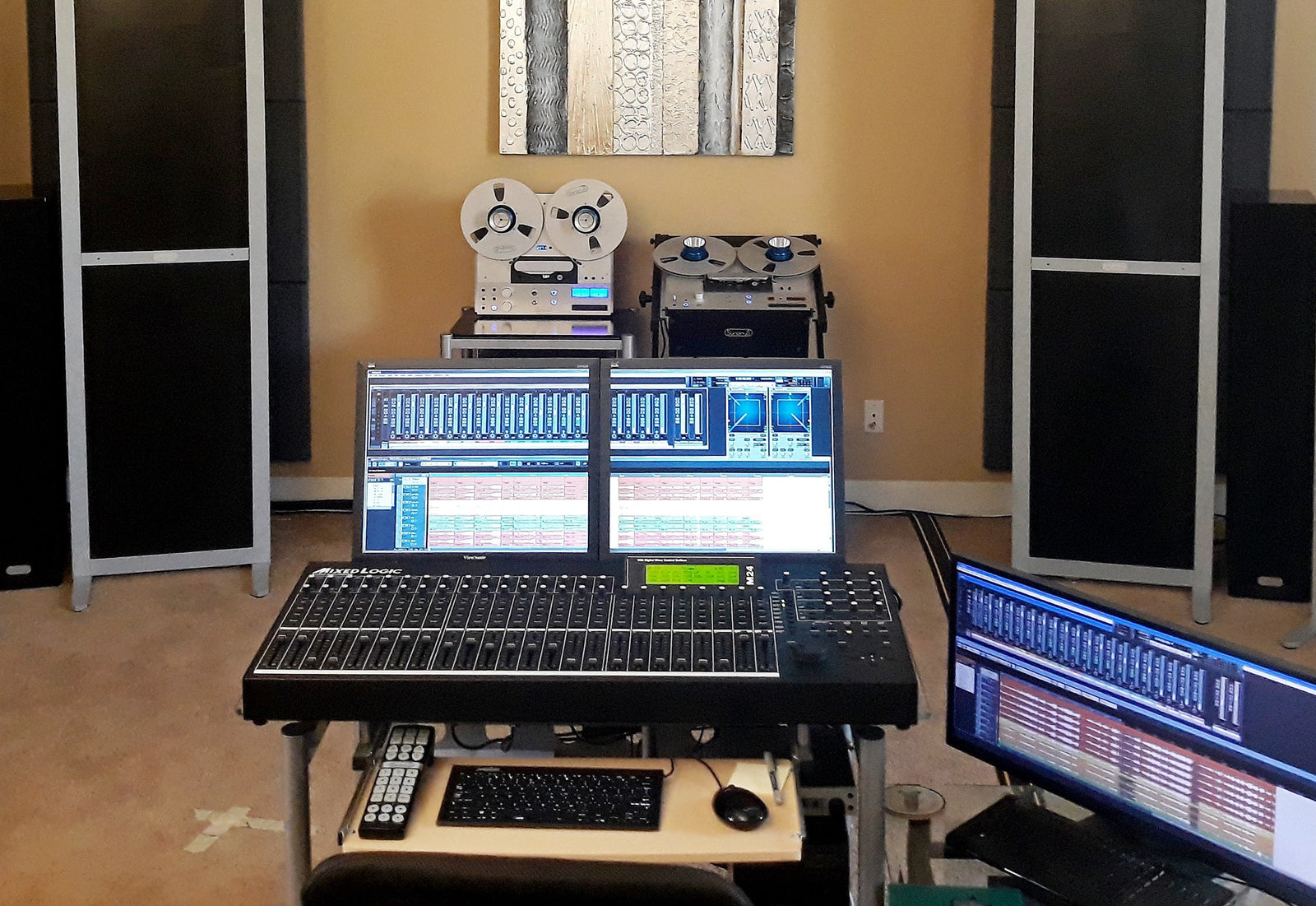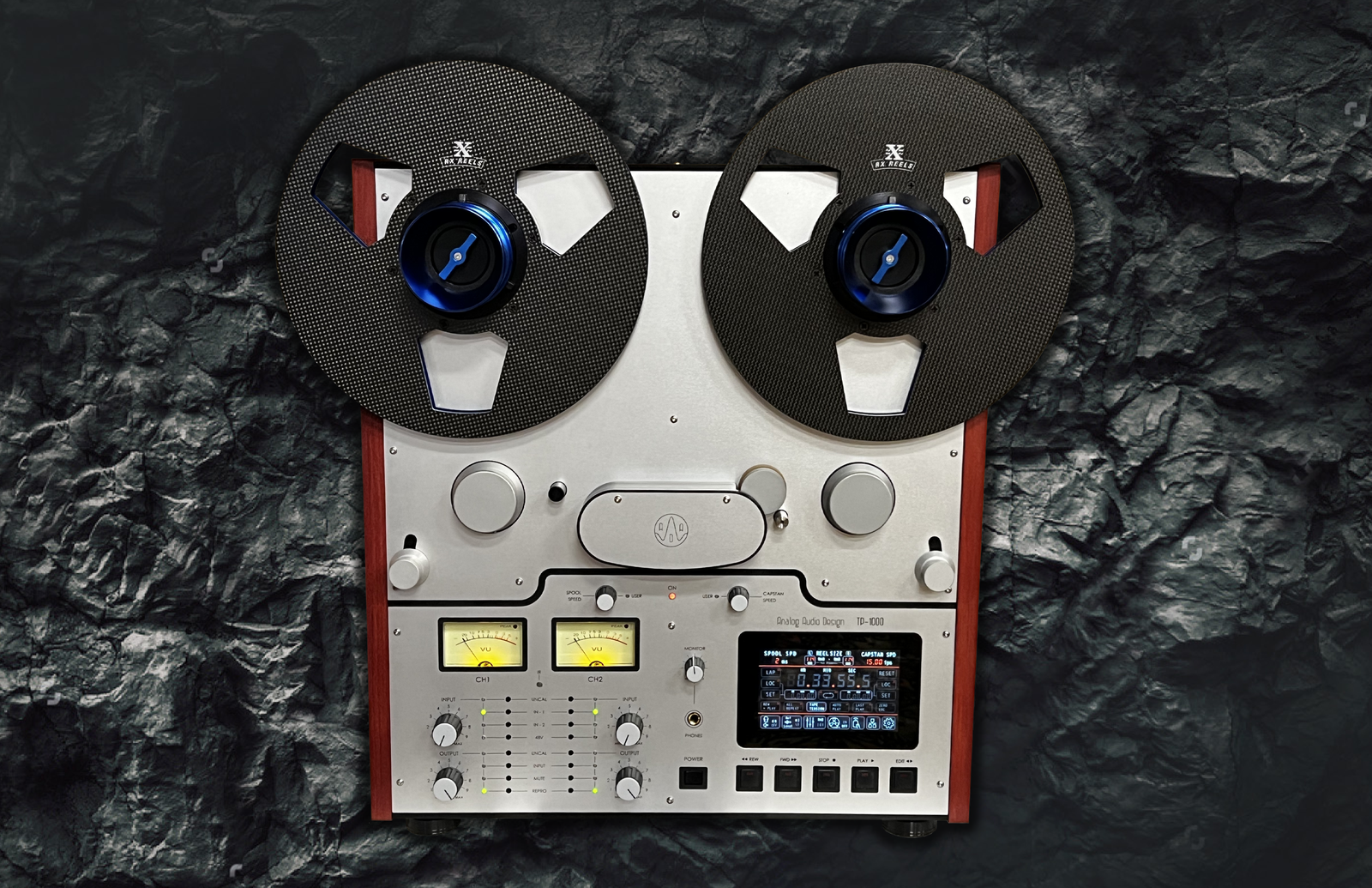Your Cart is Empty

Reel-to-reel tape players have been around for over a century, with the original models appearing on the scene in the late 1800s. Their popularity grew in the 1940s and 1950s, when the manufacturing process was perfected. From then until fairly recently in the history of audio recording, they were the music industry standard for making master recordings. From the 1950s until as late as the early 1980s, reel-to-reel decks were the centerpiece of most home entertainment systems.
But when advancements in digital audio shot to new heights in the late 1980s, tape decks quickly lost their appeal with professionals and hobbyists alike. The simplicity of cassettes, and eventually, the quality and convenience of digital recordings, killed-off reel-to-reel…or so it was thought.
The reel-to-reel deck became a ‘vintage’ item, much like the humble vinyl record; costly machines ended-up in dumpsters and pawn shops, but never quite disappeared. Stubborn audiophiles, old school radio stations and record producers like Steve Albini and Rick Rubin continued to champion their analog virtues in a digital world.
Looking for a great player? See Our Ultimate Guide to Reel to Reel Players

The true reason tape survived wasn’t because analog-obsessed audiophiles, notorious for embracing dated technologies, held onto a bittersweet longing for something of the past, but because the fact remained that tape is an incredibly dense archival medium that has never been improved upon.
The resurrection started about a decade ago, when refurbished reel-to-reels started reappearing at hi-fi shows. Incredibly, the audio world started seeing a resurgence of the decks that had declined only decades ago.
As audiophiles and music lovers around the world continued to argue whether hi-res digital actually made a perceivable difference, one thing remained clear: the analog resurgence was growing.
In 2013, The Absolute Sound shocked readers by proclaiming that a new reel-to-reel deck designed by a team of fanatic engineers absolutely crushed the highest-rated turntable-based system ever reviewed by the magazine. “I have never heard rock and roll reproduced more powerfully and realistically in my home or at a show in my entire life,” concluded reviewer Jonathan Valin. The deck in question was billed as ‘new’ but was in fact a highly modified TASCAM Pro deck.
Fast forward to today and the resale market of vintage machines is seeing strong and steady growth, as more and more music lovers rediscover what a core of audiophiles never forgot; you just can’t top analog sound quality (there are currently 8,107 "Reel to Reel" related eBay listings, and the online auction house has posted a guide for prospective buyers).
Learn More: The Best Websites To Buy New, Used, & Refurbished Reel to Reel Decks
Although vinyl and turntable sales are currently shooting through the roof, analog-loving audiophiles know that reel-to-reel has inherent advantages over the once-again-hot vinyl record, because quite simply the sound quality is as good as it gets.
This is the prevailing question. Tape or vinyl? Even the most dubious critics have no doubt. The answer: tape sounds better than vinyl. Period. Not the cassette tapes of the Walkman era or those 8-track bricks; those cheap technologies are an affront to tape.

We hope you've enjoyed this post on why tape is better than vinyl. For a guide on where to find quality pre-recorded music on R2R tape check out our blog post here.
RX Reels prides ourselves on manufacturing the world's best carbon fiber reels. Learn more about us and why Soundstage!HIFI's Ken Kessler has said "The RX Reels are among the mechanically best I’ve ever seen. In use they provide the most even take-up I’ve experienced."
See RX Reels Carbon Fiber 10.5" and 7" reels here.
You Might Also Enjoy: The Best Pre-Owned Reel to Reel Players


This post delves into the topic of making enhancements to the actual recorded media on reel-to-reel tape. Numerous vinyl albums have been remastered, and indeed, several hundred tapes have undergone remastering from the master or near-master. These offer notable improvements in sound quality compared to the original recordings. Sonorus Audio offers a Holographic Imaging tape remastering service explored here.

Analog Audio Design's first product, the TP-1000 is wholly constructed from new components, utilizing technologies such as computer-aided design and advanced testing tools to augment tape transport and minimize distortion.
The all important heads are from AM Belgium, the same company that inherited the head technical specs directly from Studer / ReVox when they shut down.
The TP-1000 stands out as a three-motor machine using DC motors, all uniquely coupled by a belt and a flywheel to a modern design. Why? To reducing the cogging and flutter commonly associated with DC motors.